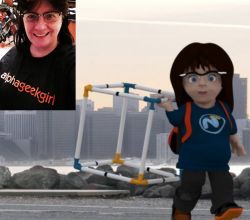Synching Audio with Animation
| Description | In this video, Brad brings in a mesh that already has a morph applied. Then he imports an audio clip, and then using the schematic viewport, wires the audio to the morph animation to produce a woofer speaker pulsing to the beat of the music. |
||
|---|---|---|---|
| Origin | Supplied by Luxology |
||
| modo Version | Released during 701 |
||
| Description | Key points:
|
||
| URL | YouTube | ||
| Presenter | Brad Peebler |
||







 100%
100%











